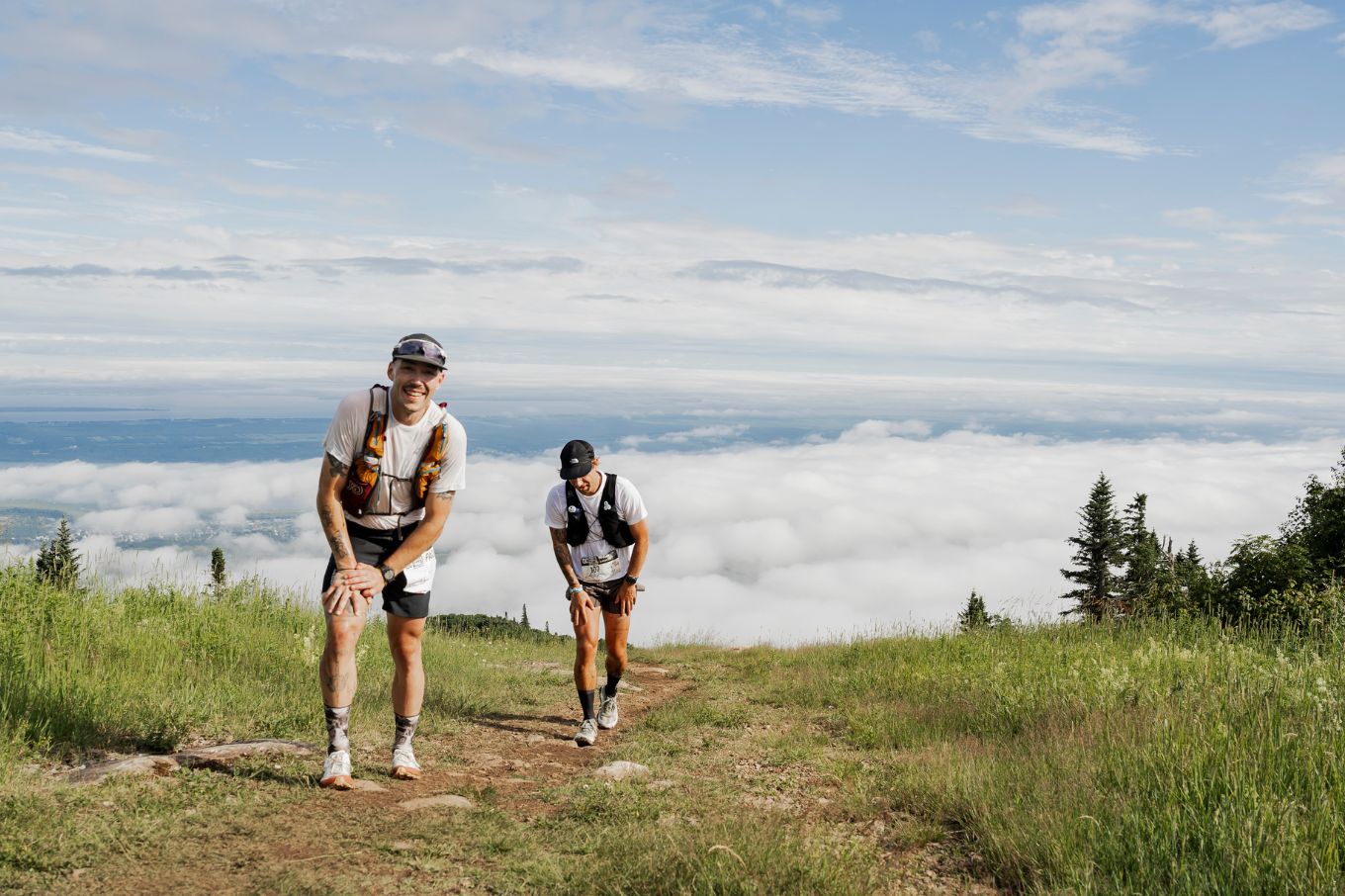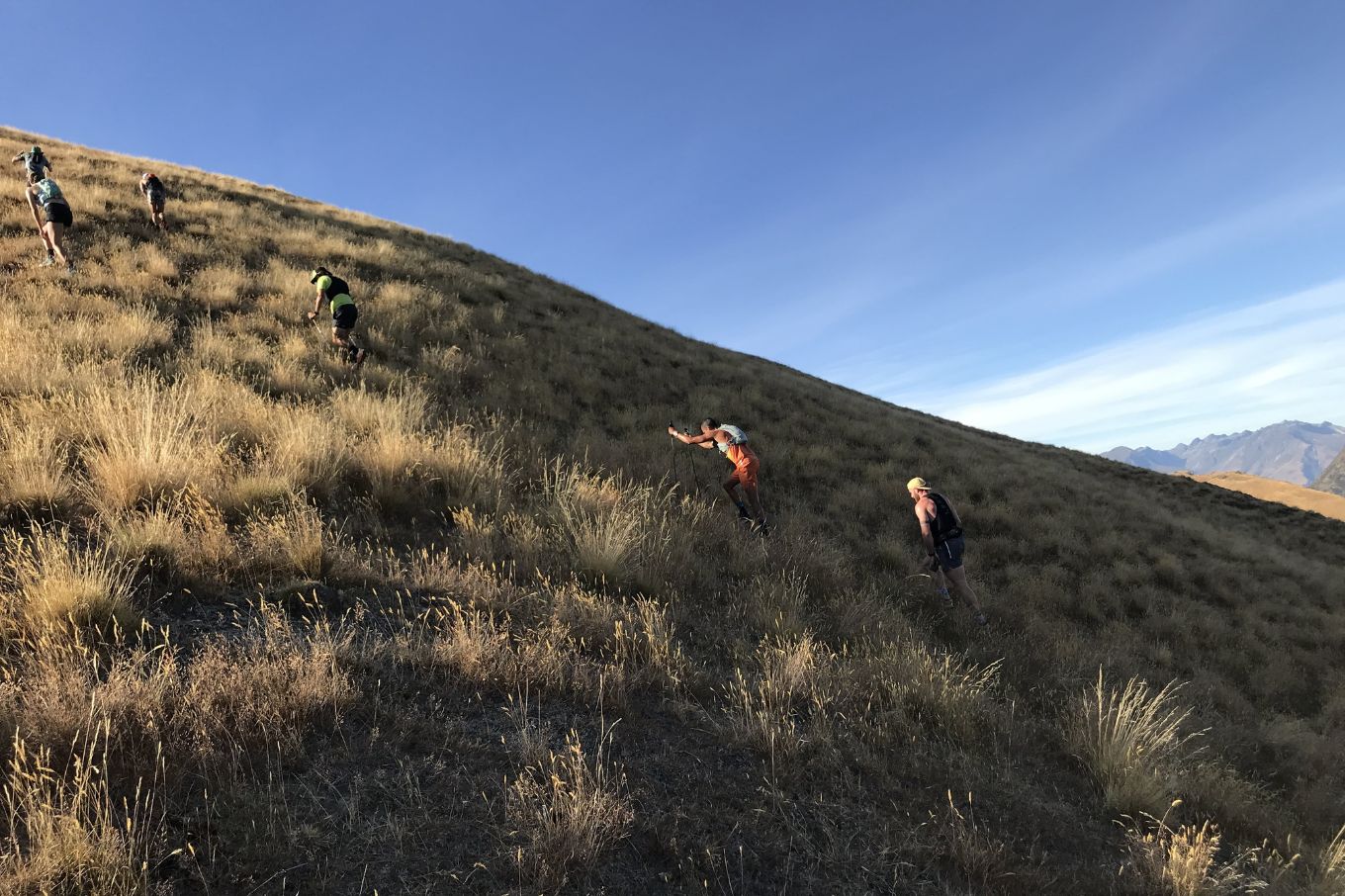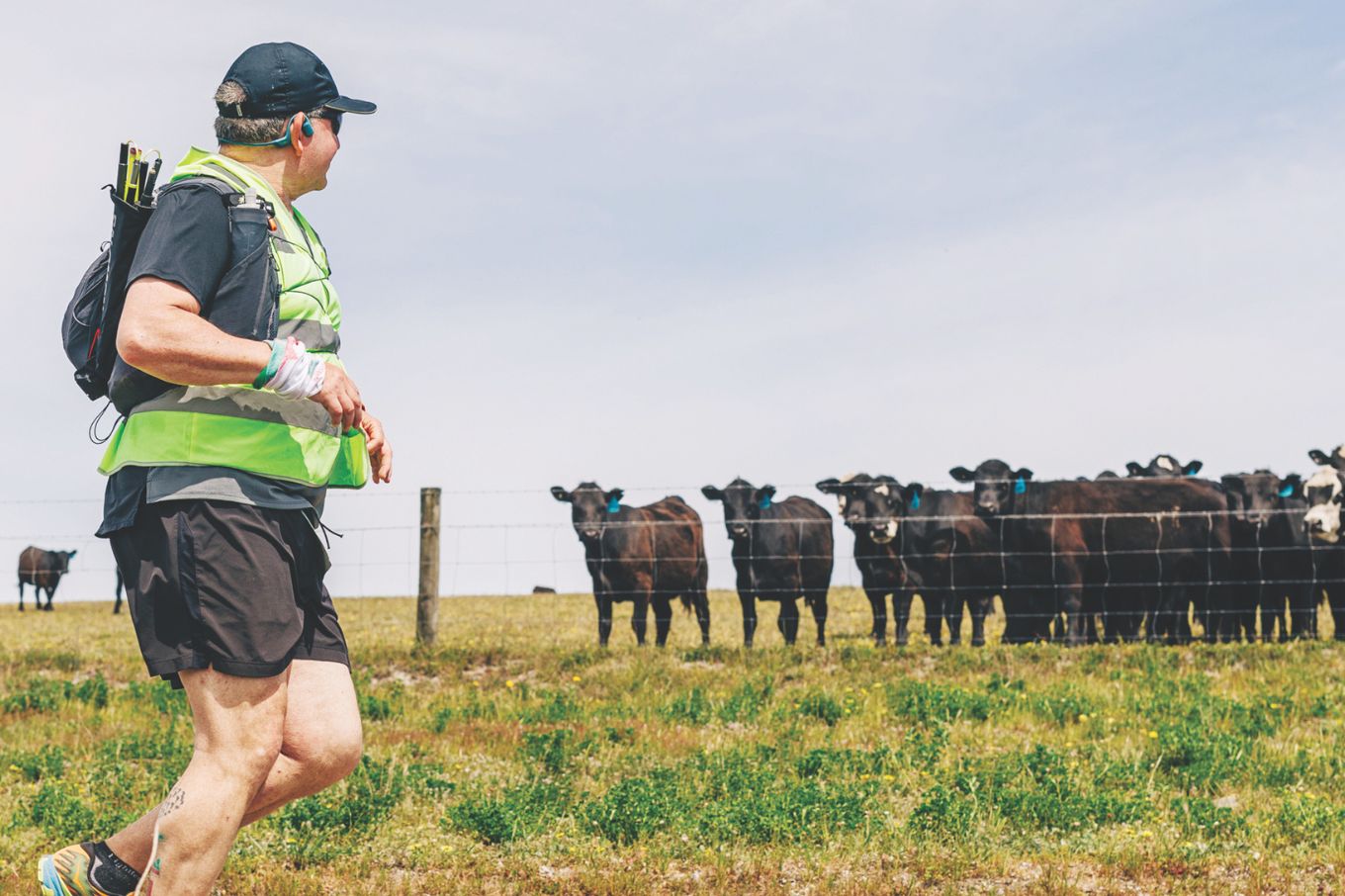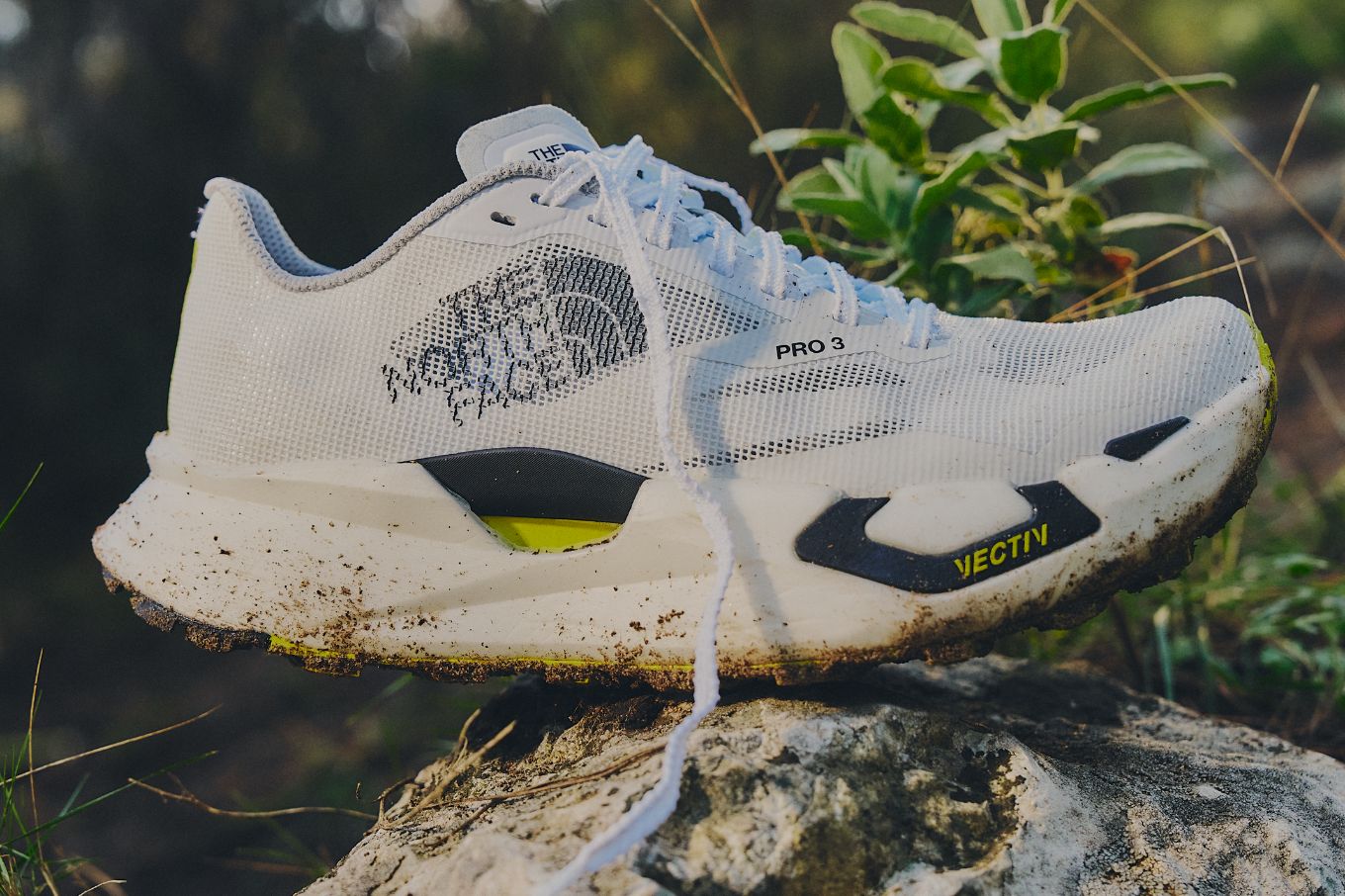1000 Miles to Light: Dean Karnazes' mission to inspire Australia's youth
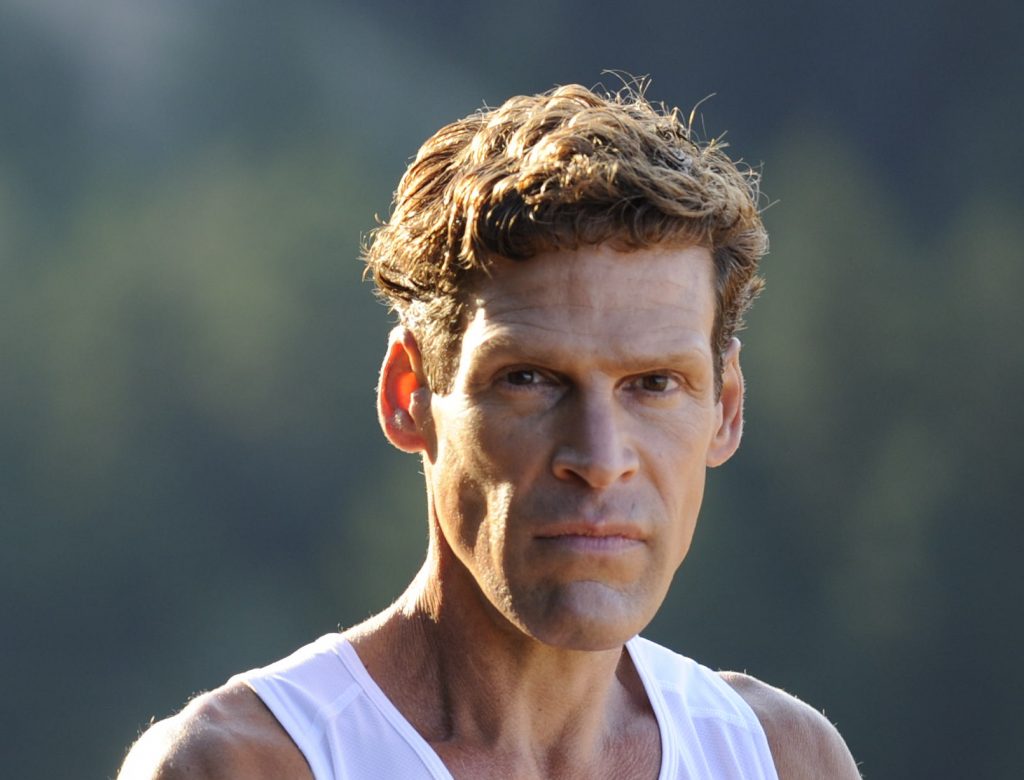
BY LAUREN FORCEY
The COVID-19 pandemic has thrown so many aspects of our lives into chaos. Social distancing, self-isolation and lockdowns have led to so much more than the cancellation of trail races – businesses have shut down, people have lost their jobs, and those close human connections we all need have been severely tested.
It’s a confusing time for everyone, especially Australia’s younger generations. 1000 Miles to Light is an endurance relay that seeks to reconnect and inspire our youth through endurance running. The brainchild of Aussie running legend Pat Farmer, this unique event will see two teams of four runners, Team Australia and Team USA, join forces to raise awareness and funds for youth mental health service, ReachOut Australia. The teams will run a total of 1,000 miles (or 1,600km) in 10 days, from 14 to 24 August, starting from Broken Hill (Wilyakali Country) and finishing in Byron Bay (Arakwal Country).
American ultrarunner Deam Karnazes is part of Team USA. Australia has a special place in Dean’s heart – he lived here for a year as part of a student exchange program when he was a teenager. Although COVID-19 restrictions mean anything can happen between now and the start of the event on 14 August, Dean and the two teams remain hopeful it will go ahead and are working closely with government officials to ensure everyone’s safety. Team USA is fully vaccinated and currently in a mandatory two-week quarantine, but Dean has still been exercising up a storm in his hotel room. Prior to his quarantine, Dean took the time to have a chat with Trail Run Mag editor Lauren Forcey about this special event – and why he loves Australia’s ultrarunning scene.
Thanks for chatting with me today, Dean! How has COVID-19 impacted you in terms of your running and life in general?
COVID has been horribly disruptive. When races and events started getting cancelled, my livelihood was abruptly taken away. So much of what I do depends on attending events, meeting with runners and appearing in public in large group settings. COVID put an end to all that.
What are your reasons for doing the 1000 Miles to Light run?
When I was 15 years old, I moved to the Northern Beaches of Sydney as a foreign exchange student. It was one of the best years of my life! I travelled all over. Along with being a runner, I’m also a surfer, and I developed a deep love for the country and the Australian people. I also have family in Australia. I’m Greek, and many Greeks immigrated to Australia. I’ve been back to Australia several times since living here and wanted to show my support for the country during these challenging times. That is what drew me to 1000 Miles to Light.
Have you had the chance to meet the athletes on Team Australia?
While I have met many Australian athletes, I have not met Pat Farmer or the other Aussie runners participating in 1000 Miles to Light. I enjoy making new friends and hopefully, we’ll all like each other at the end of this thing (ha ha…).
The race starts at Mundi Mundi Lookout near Broken Hill and finishes at Byron Bay Lighthouse in New South Wales. What is the significance of these two places?
Originally, we were going to run clear across the continent, from Western Australia to Byron Bay. But as the pandemic worsened, we were forced to scale back. The run is both symbolic and representative. Symbolically, we are crawling out of the darkness into the light, and emblematically, we are finishing by touching the Byron Bay Lighthouse, the easternmost point of Australia. In total, it’s 1,000 miles in 10 days of running.
The run will be a real team effort. Are you typically a solo runner or do you enjoy the dynamics of running with others?
While I mostly race solo, I have done team events before and quite enjoy the format. To me, 1000 Miles to Light is less about racing than showing unity and camaraderie, bringing together a team from Australia and America as a source of inspiration and hope. The world has had enough divisiveness and discord; this unique undertaking is showcasing the best of humanity.
How have you prepared physically and mentally for this endurance relay run?
Honestly, what I’m dreading most is the mandatory two-week quarantine. I know my fitness will suffer, but the emotional toll on my psyche of such austere isolation will be tough. I’ll draw on those same skills ultramarathoning has taught me to endure. I’ll also be doing plenty of burpees inside my hotel room, trying to somehow keep up my fitness.
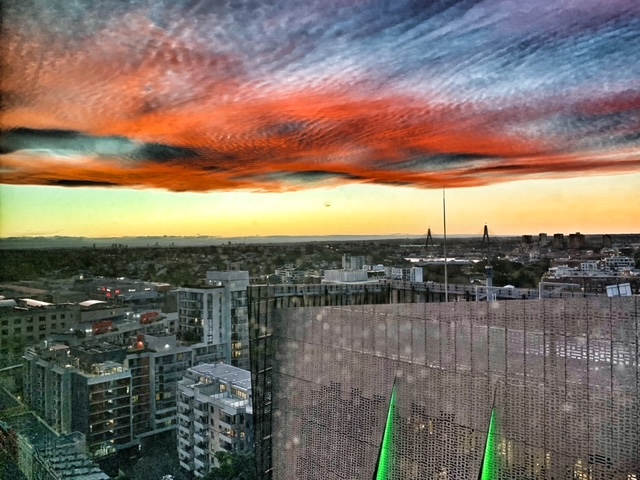
Sunset from Dean’s hotel room during his mandatory two-week quarantine.
What unique challenges do you anticipate along the way?
We are being supported by the Australian Army. They will be shuttling us to the start in Broken Hill and they will serve as our convoy during the run. They’ll be cooking for us and setting up a tent city each night where we will sleep. They’ve never done anything like this before and I’m sure there will be lots of unforeseen circumstances along the way. And that’s part of the adventure!
The other unique element of this undertaking is that it’s a four-person relay race, with each runner covering 5km between exchanges. Each runner will cover roughly a marathon a day but in 5km increments. Pacing yourself properly will be critical. I’m sure it will be tempting to blast out fast during the first couple 5kms, but that could extract a huge toll later in the race. None of us has ever done anything like this before, so it will be something of a grand experiment.
You’ve raced in Australia before. What differences have you noticed between ultra runners and the ultra-running scene in Australia and in the US? What are the similarities?
I think the Aussie ultra scene is more relaxed and inclusive than the US. There is still a competitive mindset, but the ultrarunning community in Australia seems more welcoming and inviting to individuals of all ages and abilities. I like that. Both you and I have participated in the Blackall 100 (on Queensland’s Sunshine Coast hinterland), and the rollicking festiveness of the aid stations is a testament to the Aussie spirit!
What do you believe are your greatest strengths and weaknesses as a runner?
My greatest weakness as a runner is that I overdo it and race too often. I’ve run hundreds of traditional road marathons and countless ultras — in every imaginable condition — on all seven continents, twice now. My performance would undoubtedly be better if I scaled back the volume and intensity. I’ve been going at it like this for nearly three decades and it’s sometimes quite gruelling. But I like to tell people my finish line is a pine box. I’ll stop when I’m 10 feet underground. Find what you love and let it kill you. And my greatest strength? Passion. I’ve loved every second of it.
What do you think it is about running that enables it to effect change and transform lives?
Running has an innate power to transform because it is universal and it is difficult. Everyone can relate to running because nearly every human on earth has run. There is something admirable about witnessing someone doing something hard because most people take the easy path through life. Few other sports hold a mirror up to you the way running does. You are forced to confront your weaknesses and shortcomings and those that persist and persevere are positively changed by the experience. Every runner knows what I’m talking about.
How can others get behind 1,000 Miles to Light?
They can visit, https://www.1000milestolight.com and sign up to run the virtual race alongside us. The event is a benefit for ReachOut Australia, a wonderful organisation helping young people cope during these trying times.
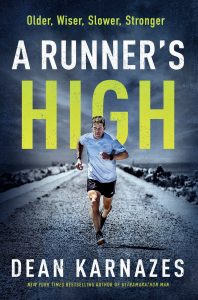 Finally, tell us about your new book.
Finally, tell us about your new book.
A Runner’s High was just released in Australia and has been getting very good reviews. This is my fifth book and something of a sequel to my first book, Ultramarathon Man. If you’re looking for an inspiring book that leaves you laughing, crying and cheering, check out A Runner’s High. Then, please, go for a run…
Find out more about 1000 Miles to Light and check out the Facebook page for updates. You can also learn about the amazing services provided by ReachOut Australia here.

